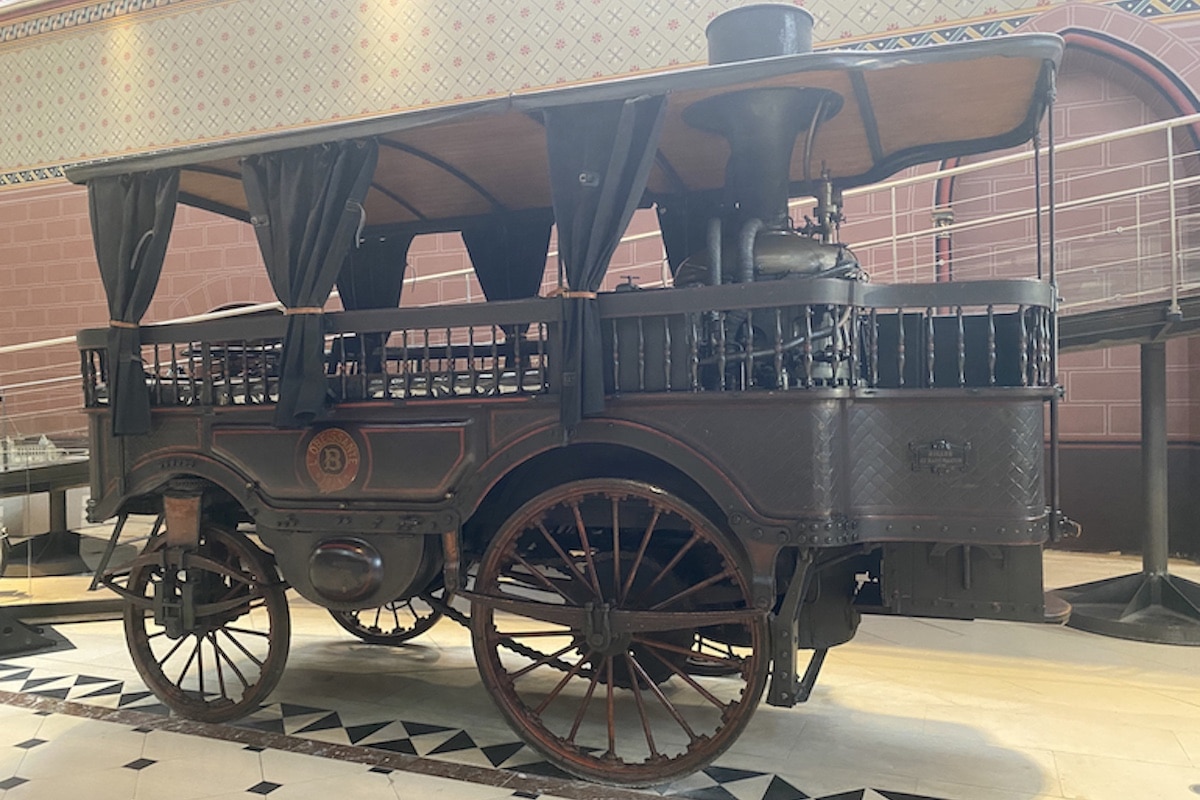150 Years Ago, Obéissante Invented the Road Trip

On October 9, 1875, a peculiar steam-powered vehicle left Le Mans to go to Paris. Its name: the Obedient.
It is not excessive to call the Obedient the first touring car in history. Its designer, Amédée Bollée, a legendary bell foundry owner from Sarthe and a tinkerer at heart, wanted to prove that a vehicle without horses could transport several passengers over a long distance. Mission accomplished: after 18 hours of an epic journey, the 4-ton monster reached the capital, escorted by a mixture of curiosity and concern.
An achievement and fines
Imagine the scene: a smoking, whistling, creaking mammoth racing at 30 km/h on country roads. Horses panic, police officers panic. Result: 75 fines issued against poor Amédée for “disturbance of public order.” Today, we can smile knowing these fines were later canceled, with the administration recognizing that there was… no regulation banning this kind of machine.
Despite everything, the Obedient truly lived up to its name: obedient, able to brake, reverse, and reach astonishing speeds for its time, it simply heralded the birth of the modern automobile. It already had suspension, accessible controls, and even a horn.
You might be interestedin this article:
One hundred fifty years later, we can only admire Bollée’s boldness. Without a license, GPS, or speed limits, he essentially invented the motorized road. Ironically, the Obedient never achieved commercial fame, but its feat on October 9, 1875, remains recorded as the first “road trip” in history.
Today, the Obedient proudly resides at the Museum of Arts and Crafts in Paris. Restored and showcased in the heart of an exceptional collective dedicated to the history of mobility, it reminds us how the road was first a human adventure before a technological one.
ALSO READ: 112 years ago, the mysterious disappearance of Rudolf Diesel
This page is translated from the original post "Il y a 150 ans, l’Obéissante inventait le Road Trip" in French.
We also suggestthese articles:
Also read





